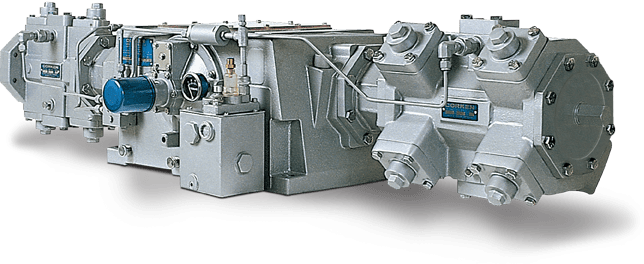- Step 1: Compression- In this phase, the LPG is compressed into gaseous form. Since, gases have an extremely high compression capacity, LPG is easy to store, handle and transport in its compressed form. Because LPG compression requires a lot of energy, industries prefer pumps that reduce energy waste while also lowering operating costs.
- Step 2: Storage: Compressed LPG is stored in large containers or in specially built tanks. Ammonia, one of the gases that is generated as a byproduct of LPG, also needs to be compressed, stored, and transported. A pump with a superior ammonia compressor keeps this gas stable and safe. An advanced storage and transportation system minimises the loss of LPG or ammonia by means of evaporation, leakage, and overpressure.
- Step 3: Transportation – This is the final stage before the LPG reaches the end users—the households or industries. Large storage tanks and smaller distribution tanks are preferred by industries. In the domestic arena, small cylinders are preferred. In LPG Bottling plants, the compressed LPG is stored in bulk and put into bottles for storage. A nearby storage area often serves as the source. Giant LPG pipelines are also used to import LPG in bulk quantities. Refineries and LPG dealers usually prefer pumps that are designed for higher unloading efficiency. A robust pump with an advanced unloading compressor eliminates the higher unloading time of compressed gases, minimises the utility of power and water consumption in all stages, and also does not require heavy maintenance, thereby proving themselves to be highly cost- effective solutions for refineries and industries.
LPG (Liquefied Petroleum Gas) is a versatile fluid that requires careful handling at all stages. The responsibility for efficient LPG handling rests on the pump that displaces the liquid efficiently. The first step is compression, second step is storage, third step is transfer. With the help of a superior LPG –specialist pump that is equipped with an LPG compressor, industries can optimise each step and yield maximum efficiency.
